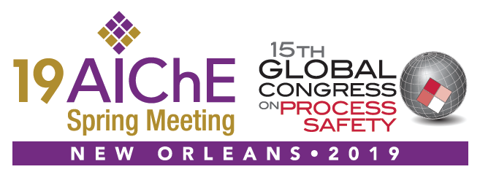

Forecasting of coming major incidents, though challenging, would be useful in preventing accidents in advance, allocating resources, and proactive management of process safety. This research compares approaches of advanced analytics such as deep learning as well as applying the traditional Heinrich’s law, in forecasting major incidents in the areas of national fire occurrences and operation of LNG gasification and distribution plants. Heinrich's law shows a ratio distribution of near misses, minor incidents, and major accidents, and it also proposes a periodicity of all those incidents. Using Heinrich's law, the occurrence of a coming major incident may be predicted in advance, if a number of near misses and minor incidents before the next major incident are accumulated a specific number of times and monitored carefully. In conventional research, experts artificially classified the 3-level category of incidents, but natural classification using a clustering method of machine learning performs better, without biases, along with the era of big data. The proposed method is applied to 1) the past 6-year investigation data (about 40,000 occurrences/year) of National Fire Data System (NFDS) of Korea and 2) collected operation data of LNG gasification and distribution plants. 3-level or 4-level distribution of past incidents depending on the damage and loss shows a similar tendency as Heinrich's law. Forecasting models predicting occurrences of major incidents in 1) national fire occurrences and 2) LNG gasification plant operations are developed using deep neural networks (feedforward as well as recurrent), and their applications in real-time risk management are discussed.
Presenter(s)
Once the content has been viewed and you have attested to it, you will be able to download and print a certificate for PDH credits.
If you have already viewed this content,
please click here
to login.
Language
Pricing
Individuals
| AIChE Member Credits | 0.5 |
| AIChE Pro Members | $19.00 |
| Employees of CCPS Member Companies | Free |
| AIChE Graduate Student Members | Free |
| AIChE Undergraduate Student Members | Free |
| AIChE Explorer Members | $29.00 |
| Non-Members | $29.00 |
